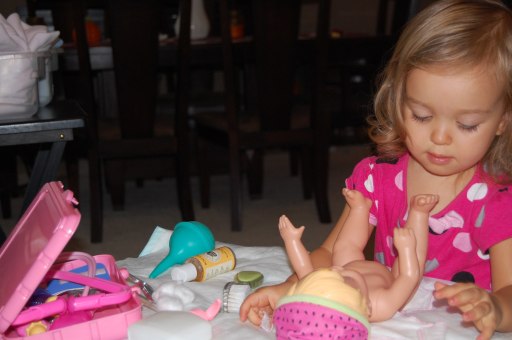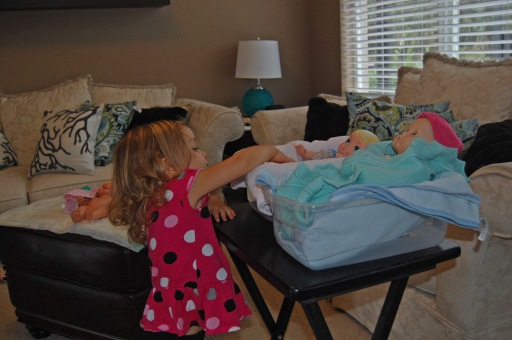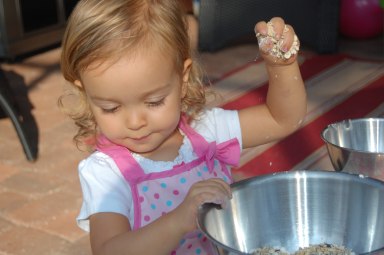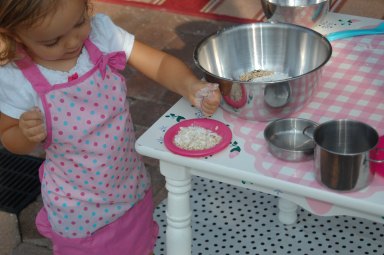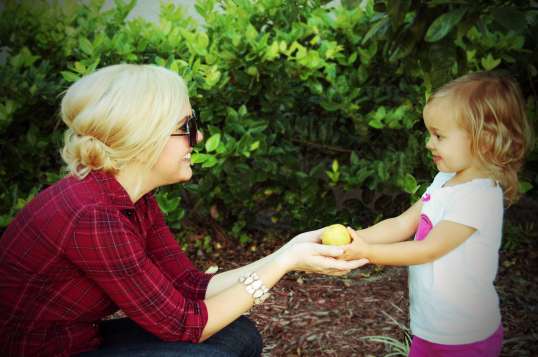Do you have any baby doll lovers in your house? My daughter is definitely one! She’s spent a lot of time around babies with me in the nursery at church, so it is so sweet to watch her imitate me as she hugs them, feeds them, rocks them, and of course then sends them right to time-out! (Yea that last one may be an imitation from home.)
This pretend play idea was inspired by my childhood. As a young girl, I had a huge love for cabbage patch dolls. Remember those? They were magical, chubby babies that grew right out of cabbages—Who thinks of these things? Anyways, I remember visiting the Cabbage Patch Doll factory with my family as a kid, and being in complete awe of the nursery at the factory! I remember the “nurses” who hurriedly walked around while tending to newly “delivered” babies. At that moment, my six-year-old mind was made up; I was going to be a baby doctor!
While I obviously did not end up following my six-year-old dream, I can still remember the many days of playing “baby doctor” at home, and how much I enjoyed it.
So, when trying to think of a new pretend play idea for my mini-me, I rediscovered this childhood playtime favorite.
Baby Doctor
Items We Used:
Babies
Clear Plastic Shoe Boxes
TV Stand (Shelves, Ottomans, Chairs, etc. would work too)
Dr. Supplies (Nose syringe, stethoscope, thermometer, cotton balls, etc.)
Baby Supplies (Diapers, blankets. pacifiers, bottles, etc.)
Ready, Set, Play!
We used the clear plastic shoe boxes as bassinets and put them up on a TV stand. We used an ottoman as the baby care center, and put down a blanket and baby care supplies. Here are some suggestions for supplies: empty shampoo bottle, washcloth, hairbrush, cotton balls, hats, diapers, and pacifiers. We also got out a pretend play doctor kit with a stethoscope, blood pressure cuff, thermometer, etc.
I set up the play area so that Paislee could walk back and forth between her sleeping babies in the bassinets and the baby care center. I started by showing her how doctors care for babies, realizing that she had never seen a hospital nursery before. After a few minutes of playing with her, I let her explore on her own. This pretend play idea was definitely a success, and will be one we repeat many times in the future! I think this was just as much fun for her as our cooking pretend play we did last week!



